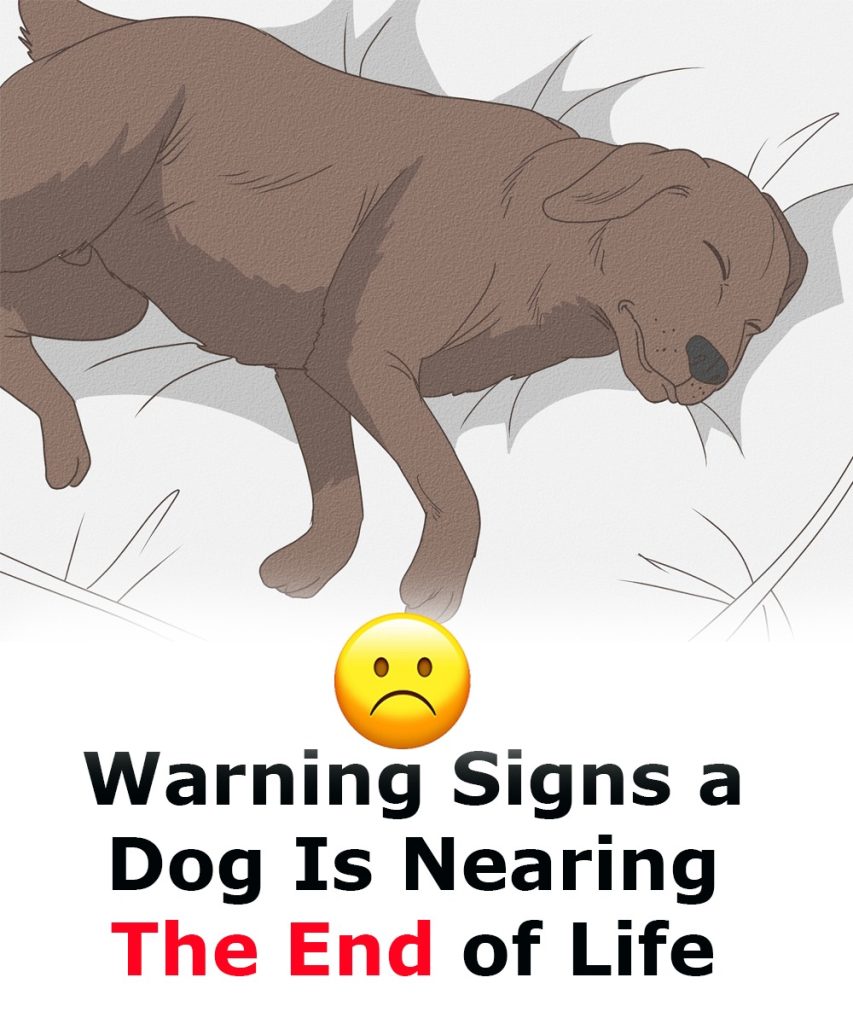11 Signs Your Dog is Nearing the End
Our furry companions are more than just pets; they are beloved family members. As heartbreaking as it is, there comes a time when we must prepare for their final days. Recognizing the signs that your dog is nearing the end can help you provide comfort and ensure they spend their last moments in peace. Here are 11 signs to watch for:
1. Loss of Interest in Activities
If your dog no longer shows enthusiasm for walks, playtime, or their favorite toys, it may be a sign they are declining.
2. Extreme Fatigue and Weakness
A dog nearing the end will often sleep more, struggle to stand, and show signs of significant weakness.
3. Loss of Appetite and Thirst
A sudden disinterest in food and water, along with weight loss, can indicate that their body is shutting down.
4. Difficulty Breathing
Labored breathing, irregular patterns, or excessive panting may be signs that their body is struggling.
5. Incontinence or Loss of Bladder Control
A dog may begin to have accidents indoors, even if they were previously well-trained.
6. Drastic Changes in Behavior
Some dogs become more withdrawn, while others may become clingy or anxious as they sense their time is near.
7. Chronic Pain
Limping, whimpering, or trouble getting up and down may indicate worsening pain that is no longer manageable.
8. Poor Coordination
A lack of balance, stumbling, or an inability to move properly can signal that their body is weakening.
9. Dull or Cloudy Eyes
A noticeable change in their eyes, such as a glassy or sunken appearance, can be a sign of declining health.
10. Cool Body Temperature
If your dog’s body, especially the paws and ears, feels unusually cold, their circulation may be weakening.
11. Detachment or Hiding
Some dogs prefer to isolate themselves when they are near the end, finding a quiet corner or hiding away.
How to Support Your Dog in Their Final Days
- Provide Comfort: Make sure they have a warm, cozy place to rest.
- Offer Gentle Care: Keep them hydrated and feed them soft foods if they are still willing to eat.
- Stay Close: Your presence can bring them reassurance and peace.
- Consult a Veterinarian: Speak with your vet about pain management and humane options if necessary.
Saying goodbye to a beloved pet is one of the hardest things a pet owner can go through. However, by recognizing the signs and offering them love and care, you can ensure they cross the rainbow bridge with dignity and comfort.



